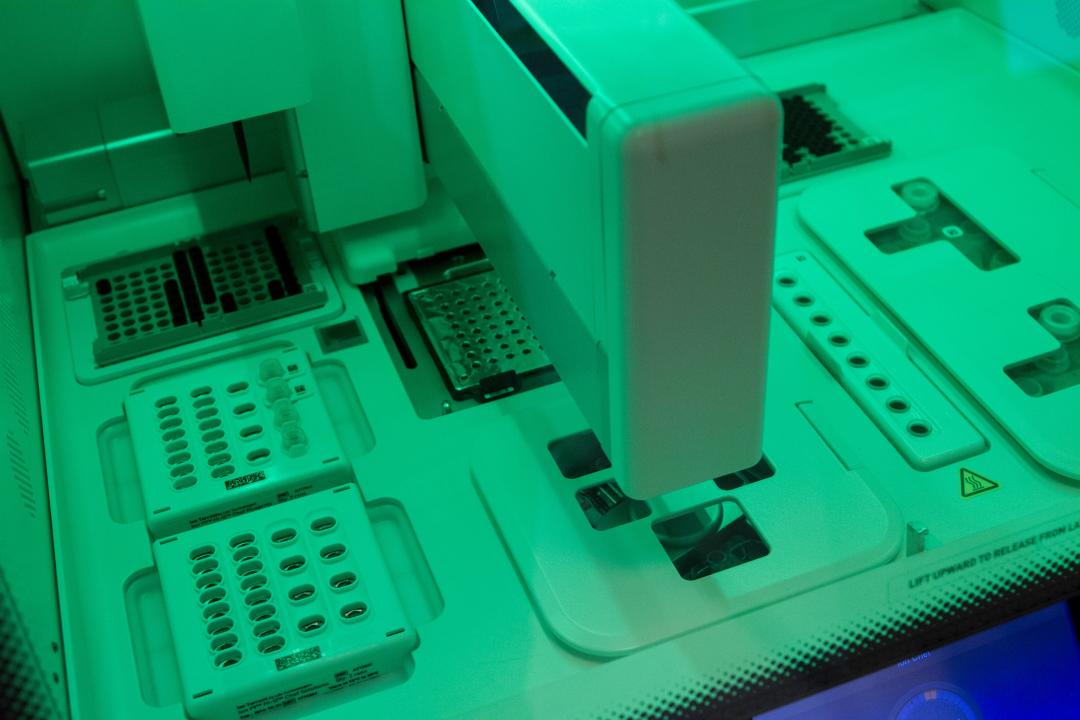ASCAPE is an initiative to leverage big data and Artificial Intelligence (AI) technologies in healthcare, and specifically in cancer. In particular, it aims to support cancer patients by predicting their health status, and helping their clinicians improve their quality of life. Through four (4) pilots, hundreds of patients with breast or prostate cancer will benefit from these innovative approaches.
This article will present the four (4) Pilots of ASCAPE, and illustrate the ASCAPE impact through two indicative Use Cases
Diverse Pilots addressing various patient-centric approaches
Among the complementary partners within the ASCAPE consortium, four partners will also conduct Pilots to validate the ASCAPE approach and the benefits of the Artificial Intelligence and Big Data infrastructure. The following presents high level information about each Pilot:
Fundació Clínic per a la Recerca Biomèdica (FCRB)

The FCRB Pilot will focus on breast cancer patients in the region, with the help of primary care doctors, who will be contributing towards long term survivorship support. Moreover, this Barcelona-based Pilot will also provide a subset of patients with the Xemio app, a mobile application that helps them track their symptoms. Patients with no active disease, with at least 1 year after their primary treatment for non-metastatic cancer, will be included in this Pilot. The FCRB Pilot is also supported by Fundació iSYS, which provides the Xemio app as well as technology support and integration.
National and Kapodistrian University of Athens (NKUA)

The NKUA Pilot will focus on prostate cancer patients who undergo surgery in its Urology department. Patients with non-metastatic tumours will be included, and will receive a wearable device to enhance their participation in the project and support their quality of life. As a result, ASCAPE will support prostate cancer patients after a challenging operation which generally leads to non-trivial Quality of Life concerns, in the short and medium term. This will be an important innovation realised in Athens, for clinicians and patients alike.
Örebro University Hospital (ORB)

The ORB Pilot will support breast and prostate cancer patients who are being treated in the Oncology department of this hospital in Sweden. Breast cancer patients who will enrol in this Pilot will have no evidence of metastatic disease and will be able to receive curative treatment, with surgery or systemic therapy. Prostate cancer patients with non-metastatic tumours will be included, if they are able to receive curative treatment with radiotherapy. Moreover, a subset of patients will receive a wearable device. The Örebro Pilot is an example of how ASCAPE can be developed and integrated in a clinical setting of a tertiary Hospital with existing electronic medical records and follow-up protocols for cancer patients
CareAcross (CC)

The CareAcross Pilot will support breast and prostate cancer patients who access its Personalised Cancer Support services. The patients will be able to participate in the ASCAPE Pilot regardless of their metastatic or treatment status. As a consequence, this Pilot broadens the scope of ASCAPE services to include patients with metastatic disease, who may face different challenges and require different approaches towards Quality of Life. The patients who are already members of the CareAcross service, and are offered the option to enrol in this Pilot, will stand to gain from a new experience that will be predominantly based on Artificial Intelligence and Big Data. Finally, a subset of patients will receive a wearable device to further enhance this experience.
Improving patients’ Quality Of Life: Use Cases
In all Pilots, through ASCAPE, patients will benefit through clinicians’ ability to leverage the capabilities of AI & Big Data. These capabilities will be used to provide enhanced predictions and suggest personalised interventions, to support patients’ Quality of Life.
The below are two indicative Use Cases that help describe the process and potential impact of ASCAPE. In both Use Cases, the Patient has been providing data to the ASCAPE-powered Healthcare Provider Information System either directly (e.g. via questionnaires) or indirectly (e.g. via a wearable device, for example physical activity, sleep quality etc.)
Analysing Quality Of Life signals
In this Use Case, the Patient visits the Doctor. The Doctor uses the ASCAPE-powered Healthcare Provider Information System to predict the Patient’s future health status and recommend a course of action based on their medical opinion and the ASCAPE models.
- The Patient enters the Doctor’s Office.
- The Doctor finds the Patient’s record in the ASCAPE-powered Healthcare Provider Information System.
- The Patient’s record offers features such as a list of ASCAPE signals regarding the patient’s QoL metrics (current and/or predicted).
- The Doctor quickly peruses the signals, by clicking on each one of them.
- The Doctor uses What-If Graphs to see ASCAPE’s view on specific interventions.
- The Doctor consults with the Patient, discusses the recommended course of action and any alternatives with the Patient, if they find them to be in accordance with their own medical opinion.
- The Doctor and the Patient agree on a course of action.
- The visit and the agreed course of action are recorded by the System.
- The Doctor and the Patient renew their appointment either for after the regular monitoring interval or earlier if appropriate.
Interventions to improve Patients’ Quality Of Life
In this Use Case, the Patient visits the Doctor. The Doctor uses the ASCAPE-powered Healthcare Provider Information System to review a Quality of Life Issue of the Patient; the Doctor recommend an Intervention based on their medical opinion and the ASCAPE models.
- The Patient enters the Doctor’s Office.
- The Doctor finds the Patient’s record in the ASCAPE-powered Healthcare Provider Information System.
- The Doctor identifies a specific QoL Issue that has been reported by the Patient directly, or indirectly (through the Wearable).
- The Doctor selects the QoL Issue and is presented with additional information (e.g. date reported, severity, and metadata).
- The Doctor discusses the QoL Issue with the Patient.
- The Doctor requests from the system, and is presented with, possible Interventions for the specific QoL Issue, to be applied to the Patient.
- After discussing with the Patient some of the Intervention options that the Doctor finds applicable, the Doctor and the Patient agree on an Intervention.
- The visit and the agreed Intervention are recorded by the System
- The Doctor and the Patient renew their appointment either for after the regular monitoring interval or earlier if appropriate.
Summary
The role of ASCAPE is to support the Patient by providing actionable information to their Doctor. This way, the role of the Doctor is not replaced, but rather, is supplemented and enhanced, by the use of Artificial Intelligence and Big Data. These are delivered in an appropriate, fit-for-purpose environment, which safeguards patient data privacy, security and anonymity, and promotes a balanced relationship between Patients and Doctors.
Blog prepared by Care Across